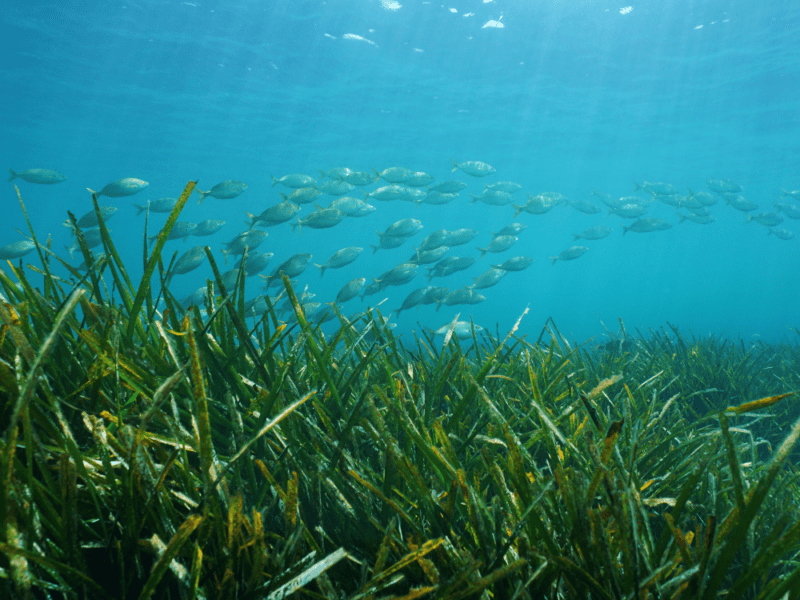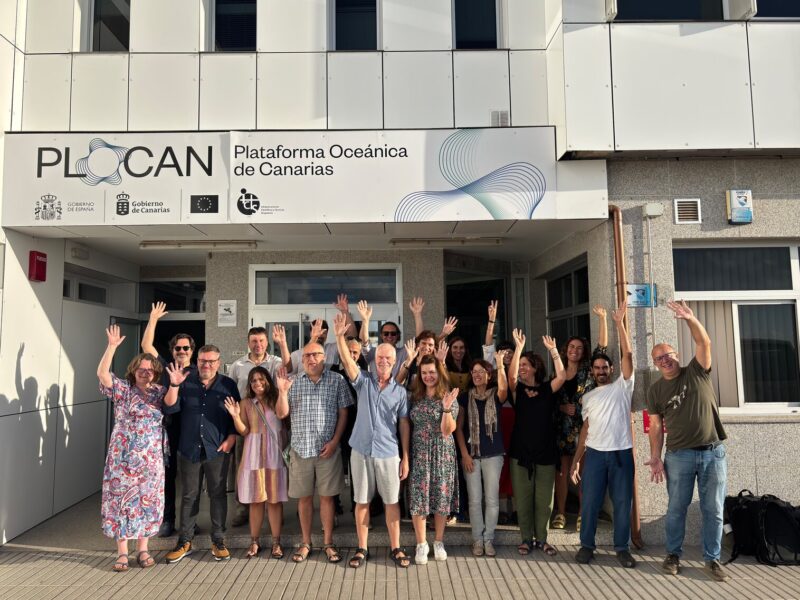
How Science and Biotechnology Are Restoring Biodiversity at Barcelona’s Port Olímpic
How Science and Biotechnology Are Restoring Biodiversity at Barcelona’s Port Olímpic https://pharosproject.eu/wp-content/uploads/2025/09/image-3.png 600 400 PHAROS Project PHAROS Project https://pharosproject.eu/wp-content/uploads/2025/09/image-3.pngThe Port Olímpic in Barcelona is undergoing a remarkable transformation. In just twelve months, its once degraded seabed has been revitalised into a living laboratory now home to more than one hundred marine species. This shift offers a powerful example of how science, innovation, and biotechnology can accelerate the ecological recovery of coastal environments.
At the heart of this success is technology developed by Underwater Gardens International (UGI), which has enabled the design and monitoring of an advanced regenerative strategy. The initiative has been carried out under a project led by BSM in collaboration with the Barcelona City Council.
How it has been achieved
The work in Port Olímpic has relied on Reefhopper®, UGI’s patented software, which brings together environmental analysis, digital modelling, and ecological design to create advanced regenerative solutions. This platform allows each intervention to be planned, monitored, and assessed with scientific precision, combining biotechnology with environmental data and ecosystem-specific design.
Thanks to Reefhopper®, Smart Enhanced Reefs (SER) were developed—intelligent reef structures built with eco-compatible materials and bioreactive design. These living reefs form part of an integrated approach where science, innovation, and technology come together to restore marine habitats.
“SER are not just artificial constructions: they are living refuges shaped by science and technology so that nature can reclaim its space. They attract, shelter, and support marine life, foster reproduction, act as carbon sinks, and improve both biodiversity and water quality,” explains Marc García-Durán, CEO and founder of Underwater Gardens International.
Marine regeneration in action
Over the course of a year, more than one hundred species have returned to the waters of Port Olímpic, showing how a carefully designed intervention can breathe new life into an overlooked coastal ecosystem. Among the species recorded are crustaceans, sponges, molluscs, rockfish, gilthead bream, scorpionfish, octopus, and stingrays.
Environmental benefits
The project is already showing clear, measurable results:
- The reefs act as carbon sinks, contributing to climate change mitigation.
- They serve as ecological connectors, allowing species to disperse safely and helping ecosystems stabilise and regenerate.
- The structures recreate a dynamic habitat, encouraging the steady return of native coastal species and strengthening ecosystem resilience.
- Gabions filled with mollusc shells have been added, encouraging the growth of larvae and invertebrates, accelerating recolonisation of the seabed.
A model for coastal cities
What has been achieved in Barcelona goes beyond the regeneration of a single harbour. The project demonstrates a replicable model that could be applied in other coastal cities. The key has been the intersection of biotechnology, applied science, ecological design, and strong institutional collaboration.
More information: https://www.antena3.com/noticias/el-tiempo/actualidad/asi-ayuda-ciencia-biotecnologia-restaurar-biodiversidad-port-olimpic_2025091868cbfacd394a8138738cb51f.html
- Post Tags:
- Barcelona
- Marine Restoration
- MPA
- PHAROS
- Posted In:
- BLOG

